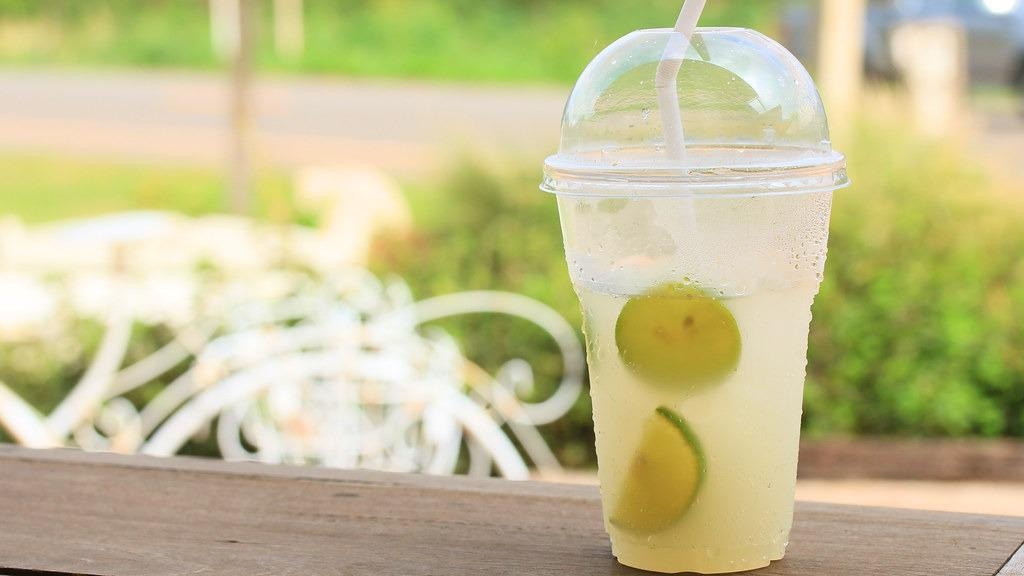Numerous plastics that are termed biodegradable are not compostable under industrial conditions. However, researchers at the University of Bath have recently found an approach to break down plastics with the help of UV light.
 This new technology will help make plastics more degradable in the environment at the end of their life. Image Credit: oilslo.
This new technology will help make plastics more degradable in the environment at the end of their life. Image Credit: oilslo.
Due to growing public concern over plastic waste, PLA [Poly (lactic acid)] that is made using lactic acid from the fermentation of sugars is at present extensively utilized as a renewable and viable alternative to plastics that have been derived from crude oil products. It is utilized in everything from disposable teabags and cups to 3D printing and packaging.
Frequently, it is labeled as biodegradable, but it has restricted degradability in natural surroundings, for instance in soil or seawater, and it only degrades under industrial composting conditions of high humidity and temperatures. It is not achievable in domestic compost heaps.
At present, researchers at the Centre for Sustainable and Circular Technologies (CSCT) at the University of Bath have come up with a method that could make such plastics more degradable in natural surroundings.
The researchers discovered that they could tweak the degradability of the plastic by integrating various amounts of sugar molecules into the polymer.
They found that integrating only 3% sugar polymer units into PLA led to 40% degradation within 6 hours of exposure to UV light.
Most favorably, the technology has been compatible with present plastic manufacturing processes. This implies that it could possibly be tested and adopted rapidly by the plastics industry.
Being reported in Chemical Communications (open access article), the scientists believe their findings will be utilized in the future by the plastics industry to support making plastic waste highly degradable at the end of the life of the product.
Lots of plastics are labeled as biodegradable, but unfortunately this is only true if you dispose of it in an industrial waste composter—if put into domestic compost heaps, it can last for years.
Dr. Antoine Buchard, Study Lead Author, Royal Society University Research Fellow and Reader, Polymer Chemistry, University of Bath
Buchard added, “Most PLA plastics are made up of long polymer chains which can be difficult for water and enzymes to break down. Our research adds sugars into the polymer chains, linking everything together by bonds that can be broken using UV light. This weakens the plastic, breaking it down into smaller polymer chains that are then more sensitive to hydrolysis.
This could make the plastic much more biodegradable in the natural environment, for example in in the ocean or in a garden compost heap. Previously scientists have looked at enhancing the degradability of PLA to water—hydrolysis—but this is the first time anyone has looked at using light.
Dr. Antoine Buchard, Study Lead Author, Royal Society University Research Fellow and Reader, Polymer Chemistry, University of Bath
“This strategy remains to be translated to real-life plastics objects and tested with sunlight, but we hope our technology could be used in the future to make plastics that are strong when you’re using them, but can break down easily when reuse and recycling are not possible anymore,” concluded Buchard.
Journal Reference:
Hardy, C., et al. (2022) UV degradation of poly(lactic acid) materials through copolymerisation with a sugar-derived cyclic xanthate. Chemical Communications. doi.org/10.1039/D2CC01322C.